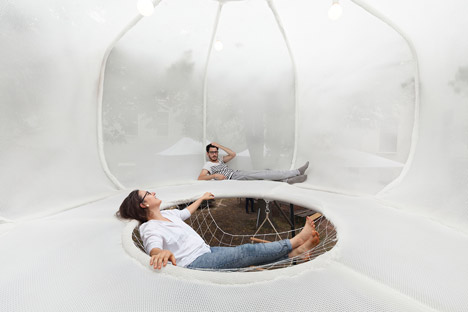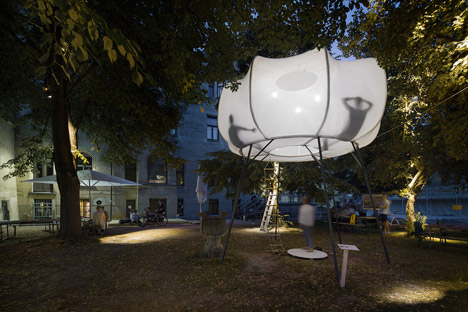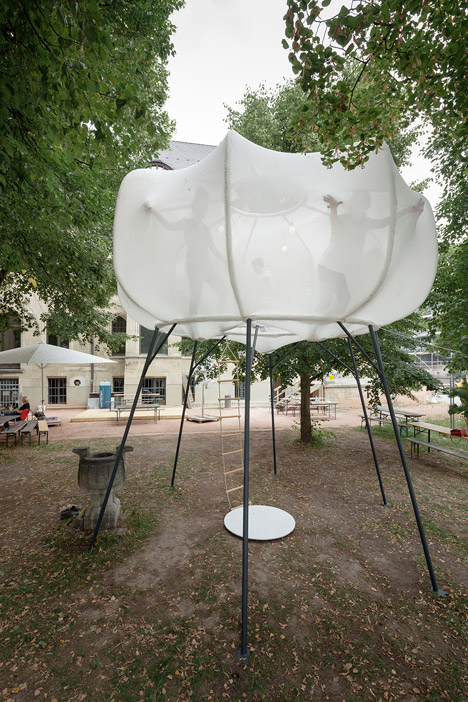London's Sugarhouse Studios Encourages Community Interaction. By Judith Babcock, IDSN 4720
Located on Stratford High Street in a partially abandoned industrial neighbourhood not far from the site of the 2012 London Olympics, Sugarhouse Studios is a mix-used collective that is the workshop and workspace of the company that conceived the idea - London`s ASSEMBLE and many of their collaborators.
The former industrial area is slated for redevelopment.
Since its opening in the spring of 2012, the space has hosted a season of arts cinema, construction workshops for local school children, exhibitions and late night events, and was also home to a cafe and pizzeria that first summer.
A design and architecture collective, ASSEMBLE converted the abandoned sign-writers workshop into a space that encourages community engagement and provides a human factor element to the redevelopment of the industrial land.
Sign boards salvaged from the building were repainted to make cafe menu boards.
With aid from the London Legacy Development Corporation, recycled and reclaimed materials were used to create a vibrant community hub where people can gather to share ideas, learn and create.
Flipdown cinema seats are made from old scaffolding boards.

ASSEMBLE`s working practice is centred around what they feel is the importance of addressing typical disconnections between public wants and needs and the political process through which many spaces are decided. Seeking to actively involve the public as both `participant and accomplice`, the collective champions the concept of interdependence and collaboration, actively engaging their spaces with the ongoing development in areas that are being revitalized.
Furniture from reclaimed wood populates the bar and cafe areas.
The retro-fit exploits the assets of the original shed-style building, using a light touch that respects the history of the structure. It was also relatively inexpensive due to the re-use of materials and flexibility in design that allows for ease of multi-use applications.
95% of unreusable waste is recycled.
Originally slated for demolition in 2013 to make way for a large residential and business development, the collective has completed an expansion of additional studio space this year, further reinforcing its role as a vibrant community hub actively engaged in the area`s ongoing development.
Sources:
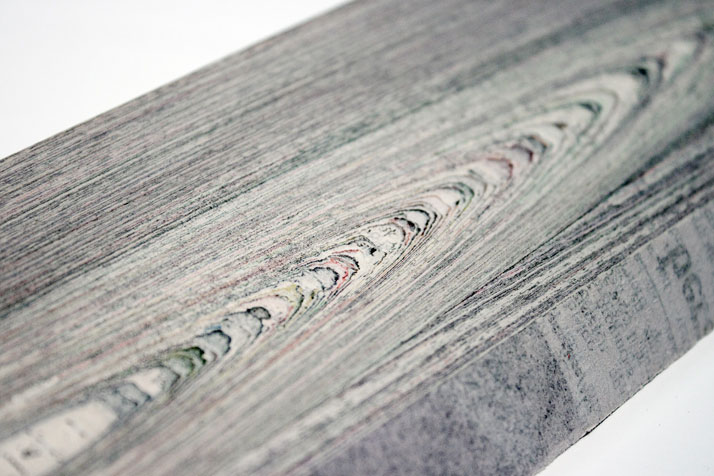
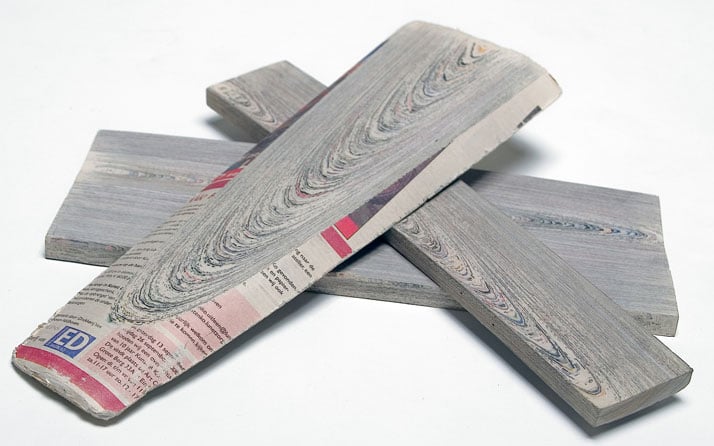 NewspaperWood
NewspaperWood Recycling is great
but why not upcycle if possible? The life cycle of newspaper is often short
lived and once the article is read, the whole newsprint is sent to be recycled
consuming even more resources and energy.
Recycling is great
but why not upcycle if possible? The life cycle of newspaper is often short
lived and once the article is read, the whole newsprint is sent to be recycled
consuming even more resources and energy.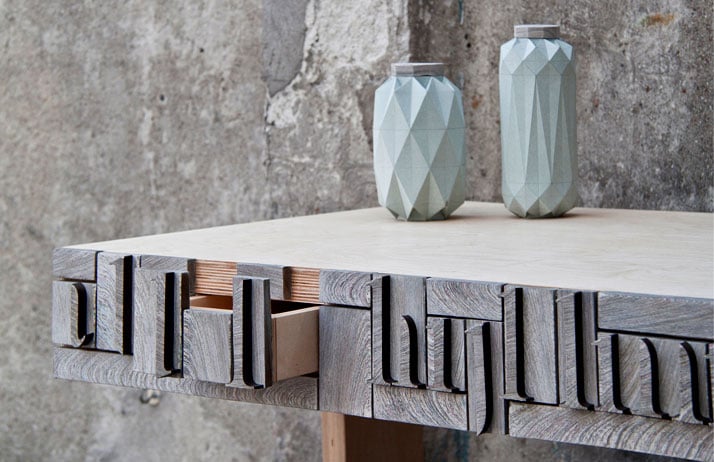




.jpg)


